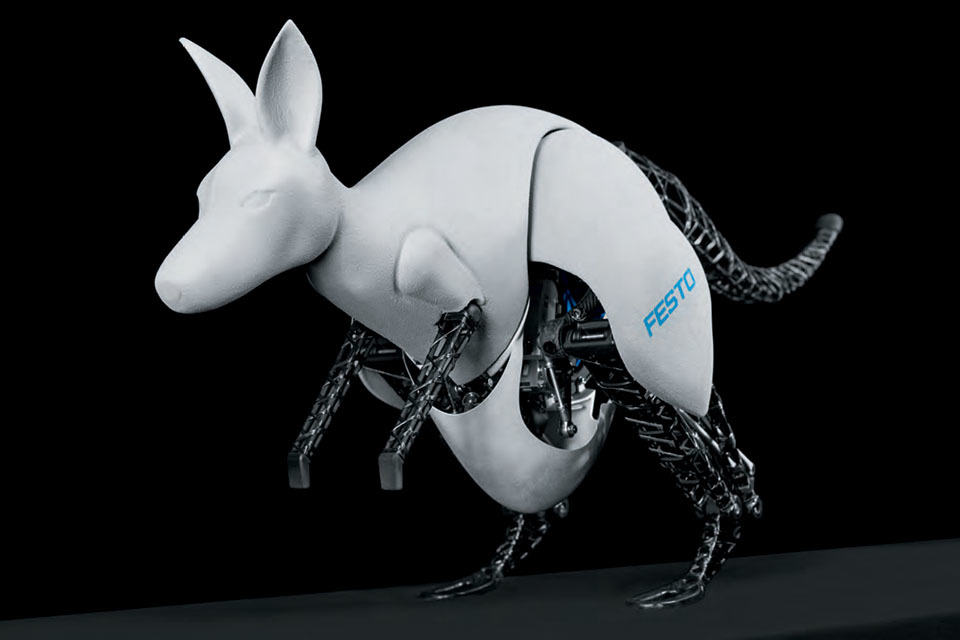I am not going lie. I just can’t wrap my head around the science behind how IHMC made Boston Dynamics’ Atlas and NASA Valkyrie robots navigate over a rough terrain. The development was, btw, a response to DARPA Robotics Challenge that calls for improvements in robotics technology for disaster relief operations. DARPA Robotics Challenge was a competition in which IHMC Robotics was placed second.
After the competition concluded, the team continue to work on to improve the ability to walk over undulating terrains and the result was what you see in the video embedded below.
Before that, here’s the gist of what’s happening:
This video demonstrates the autonomous footstep planning developed by IHMC. Robots in this video are the Atlas humanoid robot (DRC version) and the NASA Valkyrie. The operator specifies a goal location in the world, which is modeled as planar regions using the robot’s perception sensors. The planner then automatically computes the necessary steps to reach the goal using a Weighted A* algorithm. The algorithm does not reject footholds that have a certain amount of support, but instead modifies them after the plan is found to try and increase that support area.
IHMC said that current success rate is about 50 percent for narrow terrain, while rough terrain is 90 percent. That’s actually pretty impressive. Moving forward, the team plans to increase the planner speed and also the ability to plan through mazes. Continue forward to find the said video.
Images: YouTube (DRCihmcRobotics).





